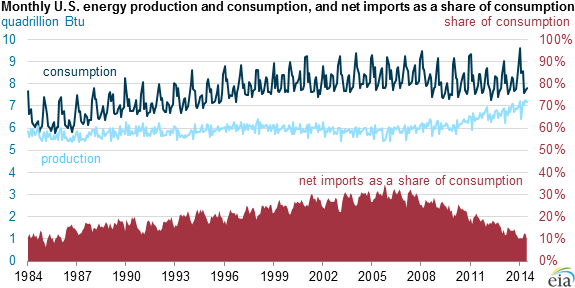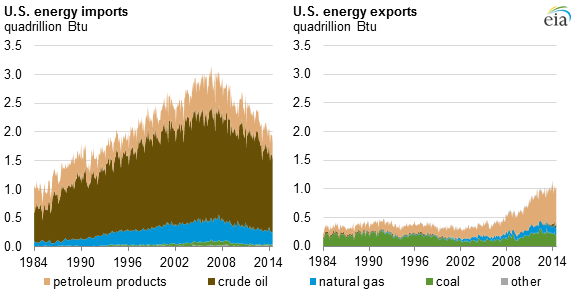U.S. Defense Secretary Chuck Hagel is stepping down from his post after 21 months in office amid tension with the White House over policy and how it’s presented to the public, officials said.
Possible replacements include former Deputy Defense Secretary Ashton Carter, Michele Flournoy, a former undersecretary of defense, and Senator Jack Reed, a Rhode Island Democrat and West Point graduate. The nominee to replace Hagel won’t be named today, said a White House official who asked for anonymity to discuss a personnel matter.
Hagel, 68, a former Republican senator from Nebraska, is leaving the administration under mutual agreement after a series of meetings in the past few weeks, said a defense official, who spoke on condition of anonymity to talk about personnel matters.
Hagel was confirmed by the Senate in February of last year after a contentious process that saw many of his former Republican colleagues line up against him.
“On paper, Hagel looked perfect for the job -- a war hero, a former Senator, a successful entrepreneur,” said Loren Thompson of the Lexington Institute in Arlington, Virginia. “But his confirmation hearings did not go well, and his temperament proved ill-suited to such a politically sensitive job.”
Reshaping Forces
Hagel’s time at the Pentagon has been focused on the reshaping of the U.S. armed forces in the face of budget cuts. He’s been in the spotlight recently because the rise of Islamic State in the Iraq and Syria has forced the U.S. military to re-engage in the Middle East.
Defense officials said Hagel had been marginalized in the administration. One defense official said Hagel had stopped speaking up at White House meetings because White House aides with less experience in military affairs than the wounded Vietnam War veteran often ignored what he said.
Instead, he took to phoning the president after returning to his Pentagon office to shoot down what he considered bad ideas.
Hagel’s Clashes
Senior members of Obama’s national security team, often considered insular by Defense and State Department officials, clashed with Hagel over U.S. strategy in Syria and in countering the Islamic State. His public appearances, where he at times appeared out of step with the White House, also raised concerns, according to one official, who spoke on condition of anonymity to talk about internal discussions.
Hagel chafed at the centralized White House control of public statements and messaging, which aides said made it more difficult for him to articulate his thoughts, officials close to the defense secretary said.
According to administration officials, Hagel began speaking with Obama in October about leaving the administration, given the typical post-midterms transition.
Hagel’s departure was first reported by the New York Times.
Hagel, a decorated Vietnam war veteran, was picked by Obama to replace Leon Panetta in 2013 as the Pentagon’s leaders. The choice was criticized by Hagel’s fellow Republicans over his past opposition to unilateral sanctions against Iran, his comments about the influence of what he once called “the Jewish lobby,” and his opposition to the 2007 U.S. troop surge in Iraq. Hagel faced an onslaught of criticisms from Republicans at his confirmation hearing.
War Critic
While Hagel as Senator supported the resolution authorizing the war in Afghanistan in 2001, he became critical of the prolonged U.S. counterinsurgency effort and the troop surge there.
In choosing a Republican as defense secretary, Obama followed in the path of Democratic President Bill Clinton, who picked Republican Senator William Cohen of Maine for the job in his second term. Through much of Obama’s first term, he keptGeorge W. Bush’s defense secretary, Robert Gates, in the job.
Hagel’s nomination marked only the third time that a Cabinet nominee required 60 votes to overcome a filibuster on the Senate floor, according to Betty Koed, the chamber’s associate historian.
They were President Ronald Reagan’s 1987 pick for Commerce Secretary, C. William Verity, and President George W. Bush’s 2006 choice of Dirk Kempthorne to be Interior Secretary. Both overcame the higher vote threshold to win confirmation.
Under a Senate rules change earlier this year led by Senate Majority Leader Harry Reid, it takes only a majority of senators -- rather than 60 -- to confirm all executive and judicial nominees, except for those to the Supreme Court.
Senator Mitch McConnell of Kentucky, who will become majority leader when Republicans take over control of the chamber in January, has criticized the rules change, though hasn’t said whether he will seek to reverse it.
“Chuck has helped transition our military and bolstered” U.S. standing around the world, President Obama says at the White House.
- Obama says Hagel understands military like few others; “he’s been in the dirt and he’s been in the mud”
- Says Hagel had devoted himself to military for decades
-
- “You’ve always given it to me straight and for that I will always be grateful,” Obama says to Hagel
- Hagel says leading Defense Dept is “greatest privilege of my life” and is proud of accomplishments
- Calls him an “exemplary” defense secretary
- Hagel stepping down from his post after 21 months in office amid tension with the White House over policy and how it’s presented to the public, officials said
“The President needs to realize that the real source of his current failures on national security more often lie with his administration’s misguided policies and the role played by his White House in devising and implementing them,” Sen. John McCain says in statement.
- McCain: “Excessive micro-management” from White House makes defense secretary job more difficult
- McCain says he and Chuck Hagel have “often seen eye to eye on our biggest national security challenges,” citing Syria, Afghanistan, Islamic State, rising China, sequestration
- NOTE: McCain poised to be Senate Armed Services Cmte chairman in January; ran against Obama for president in 2008
This update was brought to you with intelligence by Bloomberg Government







 Total U.S. net imports of energy as a share of energy consumption fell to their lowest level in 29 years for the first six months of 2014. Total energy consumption in the first six months of 2014 was 3% above consumption during the first six months of 2013, but consumption growth was outpaced by increases in total energy production. These changes led to a 17% reduction in net imports compared with the first six months of 2013.
Total U.S. net imports of energy as a share of energy consumption fell to their lowest level in 29 years for the first six months of 2014. Total energy consumption in the first six months of 2014 was 3% above consumption during the first six months of 2013, but consumption growth was outpaced by increases in total energy production. These changes led to a 17% reduction in net imports compared with the first six months of 2013.







